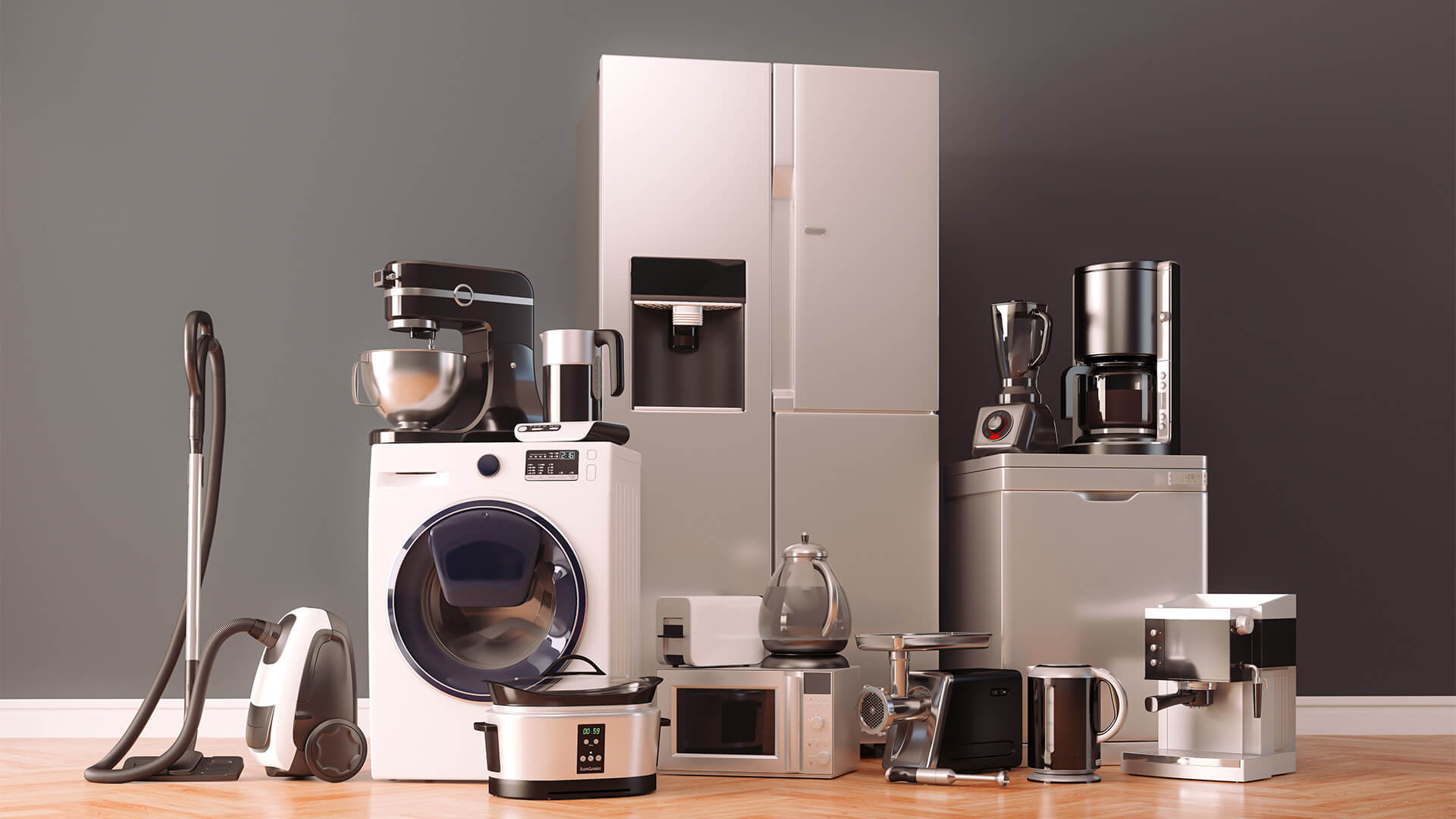

Articles
How To Store Appliances
Modified: February 28, 2024
Learn how to store household appliances properly with our helpful articles. Get tips and tricks for organizing and preserving your appliances for long-term use.
(Many of the links in this article redirect to a specific reviewed product. Your purchase of these products through affiliate links helps to generate commission for Storables.com, at no extra cost. Learn more)
Introduction
Proper storage of appliances is essential to maintain their functionality, prolong their lifespan, and keep them in good condition. Whether you’re moving to a new home, undergoing renovations, or simply decluttering, storing your appliances correctly will ensure they are ready for use when you need them.
In this article, we’ll explore the importance of proper appliance storage and provide you with valuable tips for storing different types of appliances. From small kitchen appliances to large kitchen appliances, laundry appliances, electronics, seasonal appliances, and outdoor appliances, we’ll cover it all.
So, if you want to ensure that your appliances are protected, well-preserved, and ready for future use, keep reading to discover the best practices for appliance storage.
Key Takeaways:
- Proper appliance storage is crucial for preserving functionality, prolonging lifespan, and preventing damage. General and specific tips for different appliance categories ensure readiness for future use.
- Cleaning, disassembling, and choosing suitable storage locations are key to maintaining appliances. Proper storage techniques preserve functionality and protect valuable appliances for future use.
Read more: How To Store A TV
Why Proper Appliance Storage is Important
Proper appliance storage is important for several reasons:
- Preserves functionality: Storing appliances correctly helps to preserve their functionality. Appliances are designed to work optimally under specific conditions, and improper storage can lead to mechanical failures, damage to internal components, and diminished performance when they are used again.
- Prolongs lifespan: By storing appliances properly, you can extend their lifespan. Exposure to extreme temperatures, moisture, dust, and other environmental factors can cause appliances to deteriorate faster. Taking the time to store them in a controlled environment can significantly increase their longevity.
- Prevents damage: Appliances are often expensive investments, and proper storage helps prevent damage during transportation, moving, or while they are not in use. Scratches, dents, water damage, and other accidents can be avoided by storing appliances in a safe and secure manner.
- Saves space: Proper storage techniques enable efficient use of space. Whether you have limited storage options or want to declutter your living space, organizing and storing appliances correctly ensures that they are neatly stacked or stored away, freeing up valuable space for other items.
- Readiness for use: One of the main benefits of proper appliance storage is ensuring that your appliances are ready for use when needed. Whether you are temporarily storing them or keeping them for a longer period, practicing proper storage techniques ensures they are in working condition when it’s time to use them again.
Now that we understand why proper appliance storage is crucial, let’s dive into some general tips for storing appliances that apply to various types and sizes.
General Tips for Storing Appliances
Before we get into specific appliance storage tips, let’s explore some general guidelines that apply to storing appliances of any type or size:
- Clean and prepare the appliances: Before storing, make sure to clean the appliances thoroughly. Remove any food residue or spills, and wipe down the exterior with a mild cleaning solution. For electronics, disconnect any cables and wipe the surfaces with a soft cloth. This will prevent stains, odors, and the buildup of dirt and dust during storage.
- Choose the right storage location: Select a suitable storage location that is dry, clean, and away from extreme temperatures. Basements, garages, and attics may not be ideal due to potential moisture, temperature fluctuations, and exposure to pests. If possible, opt for a climate-controlled storage unit or an interior space in your home.
- Use proper packaging materials: Invest in high-quality packaging materials to protect appliances during storage. Use sturdy boxes, bubble wrap, packing peanuts, and foam padding to provide cushioning and prevent damage. For larger appliances, consider using moving blankets or furniture covers to protect against scratches and bumps.
- Disassemble and secure loose parts: For appliances with detachable parts, disassemble them before storing. This minimizes the risk of damage and makes the appliances easier to transport and store. Keep all loose parts together in labeled bags or containers, and secure them to the main appliance to prevent loss or damage.
- Label and document: Label each appliance and its corresponding parts/container to make unpacking and reassembling easier in the future. Take photos of the appliances and their configurations before disassembling or packing them. This documentation will serve as a helpful reference when you need to put everything back together.
- Avoid stacking too heavy: When storing appliances, avoid stacking heavier items on top of delicate or smaller appliances. The weight from above can cause damage or deformation. If stacking is necessary, place heavier items at the bottom and distribute the weight evenly to prevent crushing or collapsing.
- Maintain proper ventilation: Some appliances, especially those with electronic components, require proper ventilation during storage to prevent overheating. Allow for adequate airflow around the appliances, especially if storing them in a storage unit or enclosed space.
- Frequent check-ins: Periodically check on your stored appliances to ensure they are in good condition. Look for signs of moisture, pests, or any damage. If possible, run maintenance cycles on appliances with moving parts, such as refrigerators or washing machines, to keep them functioning properly.
Following these general tips will help ensure that your appliances remain in optimal condition throughout the storage period. Next, let’s explore some specific tips for storing different types of appliances, starting with small kitchen appliances.
Storing Small Kitchen Appliances
Small kitchen appliances, such as toasters, blenders, coffee makers, and microwaves, require proper storage to keep them safe and ready for future use. Here are some tips:
- Clean and dry thoroughly: Before storing, ensure that each appliance is cleaned and dried thoroughly. Remove any crumbs, stains, or spills to prevent mold growth or unpleasant odors.
- Wrap in protective material: Wrap each appliance in a clean, dry cloth or use bubble wrap to provide a protective layer. This will safeguard them against scratches and dust accumulation.
- Store in original packaging: If you still have the original packaging, use it for storing the appliances. The original packaging is designed to provide the best protection by fitting the appliance perfectly and cushioning it from impacts.
- Use storage bins or shelves: Place small kitchen appliances in designated storage bins or shelves to keep them organized. Label each bin or shelf to easily identify and access the appliances when needed.
- Keep accessories together: Store any accessories, such as blender attachments or coffee machine filters, together with the appliances. Seal them in Ziploc bags or small containers and keep them in the same storage bin or shelf.
- Avoid stacking: If you need to stack the appliances, ensure that the heavier ones are at the bottom and the lighter ones on top. Place a layer of padding or a non-slip mat between each appliance to prevent damage.
- Keep in a dry location: Store small kitchen appliances in a dry area of your kitchen or a climate-controlled storage space. Avoid areas prone to moisture, such as near the sink or dishwasher, as it can lead to rust or electrical damage.
- Consider vertical storage: If space is limited, consider utilizing vertical storage solutions, such as wall-mounted racks or hooks, to hang smaller kitchen appliances. This not only saves space but also keeps them easily accessible.
- Keep cords organized: Secure and organize the cords of small kitchen appliances to prevent tangling and damage. Use cable ties or Velcro straps to neatly wrap the cords and keep them out of the way.
- Check for warranty requirements: Some small kitchen appliances may have specific storage requirements outlined in their warranty. Make sure to read and follow the instructions to maintain your warranty coverage.
By following these tips, you can ensure that your small kitchen appliances remain in good condition and are ready to use the next time you need them. Next, let’s discuss how to store large kitchen appliances.
Storing Large Kitchen Appliances
Storing large kitchen appliances, such as refrigerators, ovens, dishwashers, and stovetops, requires a bit more planning and preparation. Here are some tips for storing these bulky appliances:
- Clean and defrost: Before storing a refrigerator or freezer, make sure to clean and thoroughly defrost it. Remove all food items, shelves, and drawers, and wipe down the interior with a mixture of water and mild detergent. Let it air dry completely to prevent mold or mildew.
- Secure doors and cords: Use strong tape or bungee cords to keep the doors of refrigerators and ovens securely closed during storage. Bundle up and tape the cords to prevent tangling and damage.
- Protect delicate surfaces: Use blankets or moving pads to protect the surfaces of large kitchen appliances from scratches or dents. Wrap the appliances carefully, making sure to cover any exposed areas.
- Remove and store detachable parts: Remove any detachable parts, such as oven racks or dishwasher racks, and store them separately. Place them in labeled bags or containers and keep them together with the corresponding appliance.
- Use appliance dollies or sliders: To make it easier to move and store large kitchen appliances, consider using appliance dollies or sliders. These tools reduce the strain on your back and make transportation much smoother.
- Store upright or on pallets: If possible, store large kitchen appliances in an upright position to prevent damage. If you need to lay them flat, place them on a sturdy pallet to keep them elevated and protected from moisture.
- Avoid extreme temperatures: Large kitchen appliances are sensitive to extreme temperatures. Avoid storing them in areas that are excessively hot or cold, such as garages or outdoor sheds.
- Check for gas connections: If you have a gas-powered stove or oven, double-check the gas connection before storing. Make sure it is turned off and the gas valve is securely closed to prevent any potential leaks.
- Properly secure for transportation: If you are temporarily storing large kitchen appliances during a move, make sure to secure them properly in a moving truck or van. Use straps or ropes to prevent them from shifting or falling during transportation.
- Consider professional storage: If you don’t have enough space or suitable storage conditions at home, consider renting a climate-controlled storage unit specifically designed for large appliances. This ensures they are stored in optimal conditions until you’re ready to use them again.
By following these tips, you can ensure that your large kitchen appliances are safely stored and protected until they are needed again. Next, let’s explore how to store laundry appliances.
When storing appliances, be sure to clean and dry them thoroughly before packing them away. This will help prevent mold and mildew from forming while in storage.
Read more: How To Store Power
Storing Laundry Appliances
When it comes to storing laundry appliances like washing machines and dryers, it’s important to take the necessary steps to protect them and ensure they are ready for future use. Here are some tips for storing your laundry appliances:
- Clean and disconnect: Thoroughly clean the washing machine and dryer before storing. Remove any lint, dust, or dirt from filters, drums, and other parts. Disconnect them from the power source and unplug any cords.
- Empty water reservoirs: If your washing machine has a water reservoir, make sure to drain it completely. Leaving water in the machine can lead to mold or mildew growth, which can damage the appliance.
- Secure hoses and cords: Wrap the hoses and cords neatly and secure them with cable ties or twist ties. This prevents tangling and damage during storage.
- Protect delicate surfaces: Use blankets or moving pads to protect the exterior surfaces of your laundry appliances from scratches or dents. Wrap them carefully, ensuring all sides are covered.
- Store in a dry area: Choose a dry area for storing your laundry appliances, such as a climate-controlled room or storage space. Avoid damp areas or spaces prone to excessive moisture, as it can lead to rust or electrical damage.
- Keep doors ajar: To prevent the formation of mold or mildew, leave the doors of your washing machine and dryer slightly ajar during storage. This allows for proper ventilation and keeps the interior dry.
- Use appliance covers: Consider using appliance covers specifically designed for washing machines and dryers. These covers provide an extra layer of protection against dust, moisture, and potential damage.
- Securely store lint traps: If you remove the lint traps from your dryer, keep them in a safe place. Place them in a small bag or container and store them alongside the dryer, so they don’t get misplaced.
- Consult manufacturer’s instructions: Always refer to the manufacturer’s instructions for any specific storage recommendations. They may provide guidance and precautions that are particular to your laundry appliances.
- Perform maintenance before use: Before using your laundry appliances after storage, it’s important to perform any necessary maintenance tasks. Clean filters, check hoses for leaks or wear, and ensure all connections are secure.
By following these tips, you can keep your laundry appliances in optimal condition during storage, ready to tackle your laundry needs when you need them again. Next, let’s discuss storing electronics and home entertainment appliances.
Storing Electronics and Home Entertainment Appliances
When it comes to storing electronics and home entertainment appliances, such as TVs, stereos, gaming consoles, and DVD players, proper storage is crucial to protect these valuable devices. Here are some tips for storing your electronics:
- Clean and remove batteries: Clean the surfaces of your electronics with a dry, lint-free cloth to remove dust and fingerprints. Remove batteries from remote controls, clocks, or any other devices to prevent leakage or damage.
- Use original packaging if available: If you still have the original packaging, use it for storing your electronics. The original packaging provides the best protection, as it is designed specifically for that device.
- Wrap in anti-static material: If you don’t have the original packaging, wrap your electronics in anti-static bags or anti-static bubble wrap. This helps prevent static buildup, which can damage sensitive electronic components.
- Store in a cool, dry place: Choose a cool, dry area for storing your electronics. Avoid areas prone to high humidity or extreme temperature fluctuations, as these conditions can affect the performance and longevity of your devices.
- Avoid stacking: It’s best to store your electronics individually, rather than stacked on top of each other. Stacking can cause pressure and potentially damage delicate components.
- Label and organize cables: Use cable ties or Velcro straps to organize and secure the cables of your electronics. Label the cables for easy identification when you need to set them up again.
- Keep in dust-free containers: Place your electronics in dust-free containers or storage bins to protect them from dust accumulation. Ensure the containers or bins are sealed properly to maintain a clean environment.
- Store in a secure location: If your electronics are of high value, consider storing them in a secure location, such as a locked cabinet or safe. This adds an extra layer of protection against theft or accidental damage.
- Avoid exposure to sunlight: Sunlight can cause discoloration, fading, or warping of certain electronic components. Store your electronics away from direct sunlight or cover them with a light-blocking material.
- Protect screens: If you’re storing devices with screens, such as TVs or computer monitors, place a soft cloth or screen protector to prevent scratches or damage to the screen surface.
- Perform maintenance before use: Before setting up your electronics after storage, perform a visual inspection and check for any loose connections or signs of damage. Ensure cables are secured properly and clean any dust that may have accumulated during storage.
By following these tips, you can ensure the safety and longevity of your electronics and home entertainment appliances during storage. Next, let’s explore how to store seasonal appliances.
Storing Seasonal Appliances
Seasonal appliances, such as air conditioners, heaters, fans, and holiday decorations, often require specialized storage to keep them protected and ready for use when the appropriate season arrives. Here are some tips for storing your seasonal appliances:
- Clean and dry thoroughly: Before storing, make sure to clean and dry each seasonal appliance thoroughly. Remove any dirt, dust, or debris that may have accumulated during use.
- Inspect for damage: Before storing, inspect each appliance for any signs of damage or wear. If any repairs are needed, take care of them before storing to ensure the appliance is in good working condition when you need it again.
- Wrap in protective material: Wrap each seasonal appliance in a clean, dry cloth or use bubble wrap to provide a protective layer. This will help prevent scratches and dust accumulation during storage.
- Use appropriate storage containers: Store seasonal appliances in appropriate storage containers or bins. Use ones specifically designed for the item’s size and shape, ensuring a snug fit to prevent shifting or damage during storage.
- Label and organize: Label each storage container or bin with the contents and the season it corresponds to. This will make it easier to locate and retrieve the appliances when needed.
- Store in a dry and climate-controlled area: Choose a dry and climate-controlled area for storing your seasonal appliances. Extreme temperatures and humidity can damage these appliances, so it’s important to provide a stable environment.
- Protect electrical cords: Secure electrical cords with Velcro ties or twist ties to prevent tangling and damage. Place them inside the storage container along with the appliances to keep everything organized.
- Consider using storage racks or wall hooks: Utilize storage racks or wall hooks to hang or store smaller seasonal appliances, such as holiday decorations or fans. This will save space and keep them easily accessible.
- Check for specific storage requirements: Some seasonal appliances, like air conditioners or heaters, may have specific storage instructions outlined in their user manuals. Refer to these instructions for the best storage practices.
- Perform maintenance before use: Before using seasonal appliances after storage, perform any necessary maintenance tasks. Clean filters, check electrical connections, and ensure everything is in proper working order before using them again.
By following these tips, you can ensure that your seasonal appliances are safely stored and well-preserved until they are needed for the next season. Lastly, let’s discuss how to store outdoor appliances.
Storing Outdoor Appliances
Outdoor appliances, such as lawn mowers, grills, patio furniture, and garden tools, require special care during storage to protect them from the elements and ensure their longevity. Here are some tips for storing your outdoor appliances:
- Clean and prepare: Thoroughly clean your outdoor appliances before storing. Remove any dirt, debris, or grease to prevent corrosion or damage. Dry them completely to avoid moisture-related issues.
- Check for repairs: Inspect each outdoor appliance for any necessary repairs. Replace broken parts, sharpen blades, or address any issues before storing. This ensures they are in good working condition when you need them again.
- Protect from the elements: If you’re storing outdoor appliances in an open area, cover them with waterproof tarps or fitted covers to protect them from rain, snow, and UV damage. Make sure the covers are secured to prevent them from blowing away.
- Remove fuel and disconnect batteries: Drain any fuel from gasoline-powered outdoor appliances, such as lawn mowers or trimmers. Disconnect batteries from electric-powered tools to prevent leakage or damage during storage.
- Store in a dry and secure location: Choose a dry and secure storage area, such as a garage or shed, to protect your outdoor appliances from moisture, theft, or vandalism. If you don’t have a suitable storage space, consider using a dedicated outdoor storage shed or renting a climate-controlled storage unit.
- Stow away small tools: Gather smaller garden tools, such as shovels, rakes, and hand pruners, and store them in a designated tool rack or storage container. This will keep them organized and prevent them from getting lost or damaged.
- Protect metal surfaces: Apply a thin layer of oil or rust inhibitor on metal surfaces of outdoor appliances, such as grills or lawn furniture, to prevent rust and corrosion during storage. Wipe off any excess to avoid residue buildup.
- Avoid stacking or overcrowding: Give each outdoor appliance enough space to minimize the risk of damage. Avoid stacking heavy items on top of each other or overcrowding the storage area, as it may result in accidents or deformation.
- Securely store patio furniture: Clean and dry your patio furniture thoroughly before storing. If possible, disassemble or fold it to save space. Store cushions and pillows in sealed bags to protect them from moisture and pests.
- Document and inventory: Take photos or make an inventory list of your stored outdoor appliances. This will help you keep track of what you have and make it easier to locate specific items when you need them.
By following these tips, you can ensure that your outdoor appliances are protected and well-preserved during the off-season, ready to be used when the time comes. Now that we’ve covered storing appliances in various categories, let’s conclude.
Read more: How To Store Sockets
Conclusion
Proper storage of appliances is essential to maintain their functionality, prolong their lifespan, and keep them in good condition. By following the tips provided in this article, you can ensure that your appliances are protected, well-preserved, and ready for future use.
We started by discussing the importance of proper appliance storage, highlighting how it preserves functionality, prolongs lifespan, prevents damage, saves space, and ensures readiness for use. From small kitchen appliances to large kitchen appliances, laundry appliances, electronics, seasonal appliances, and outdoor appliances, we provided comprehensive storage tips for each category.
General tips such as cleaning and preparing appliances, choosing the right storage location, using proper packaging materials, and disassembling and securing loose parts apply to appliances of all types and sizes. Additionally, we provided specific tips for storing small kitchen appliances, large kitchen appliances, laundry appliances, electronics, seasonal appliances, and outdoor appliances.
Remember to clean and dry your appliances thoroughly before storage, use appropriate packaging materials, disassemble and store loose parts properly, and choose a suitable storage location. Label and organize your appliances, secure cords and cables, and periodically check on them to ensure they are in good condition.
By practicing proper appliance storage techniques, you can preserve the functionality, prolong the lifespan, and protect your valuable appliances. Whether you’re moving, renovating, or simply decluttering, taking the time to store your appliances correctly will ensure they are ready for use when you need them.
So go ahead and implement these tips. Your appliances will thank you by staying in top shape and ready to serve you whenever you require their assistance.
Frequently Asked Questions about How To Store Appliances
Was this page helpful?
At Storables.com, we guarantee accurate and reliable information. Our content, validated by Expert Board Contributors, is crafted following stringent Editorial Policies. We're committed to providing you with well-researched, expert-backed insights for all your informational needs.

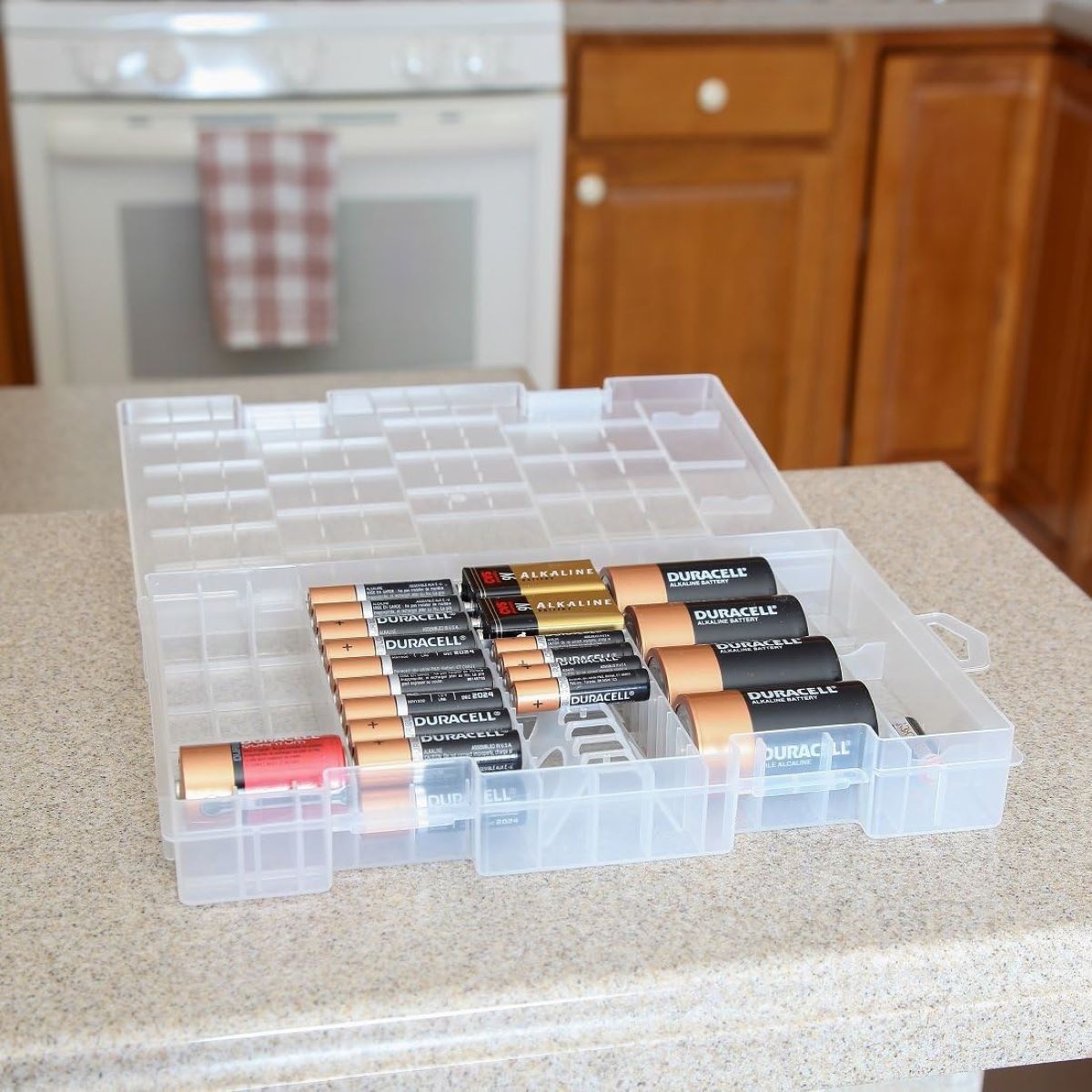
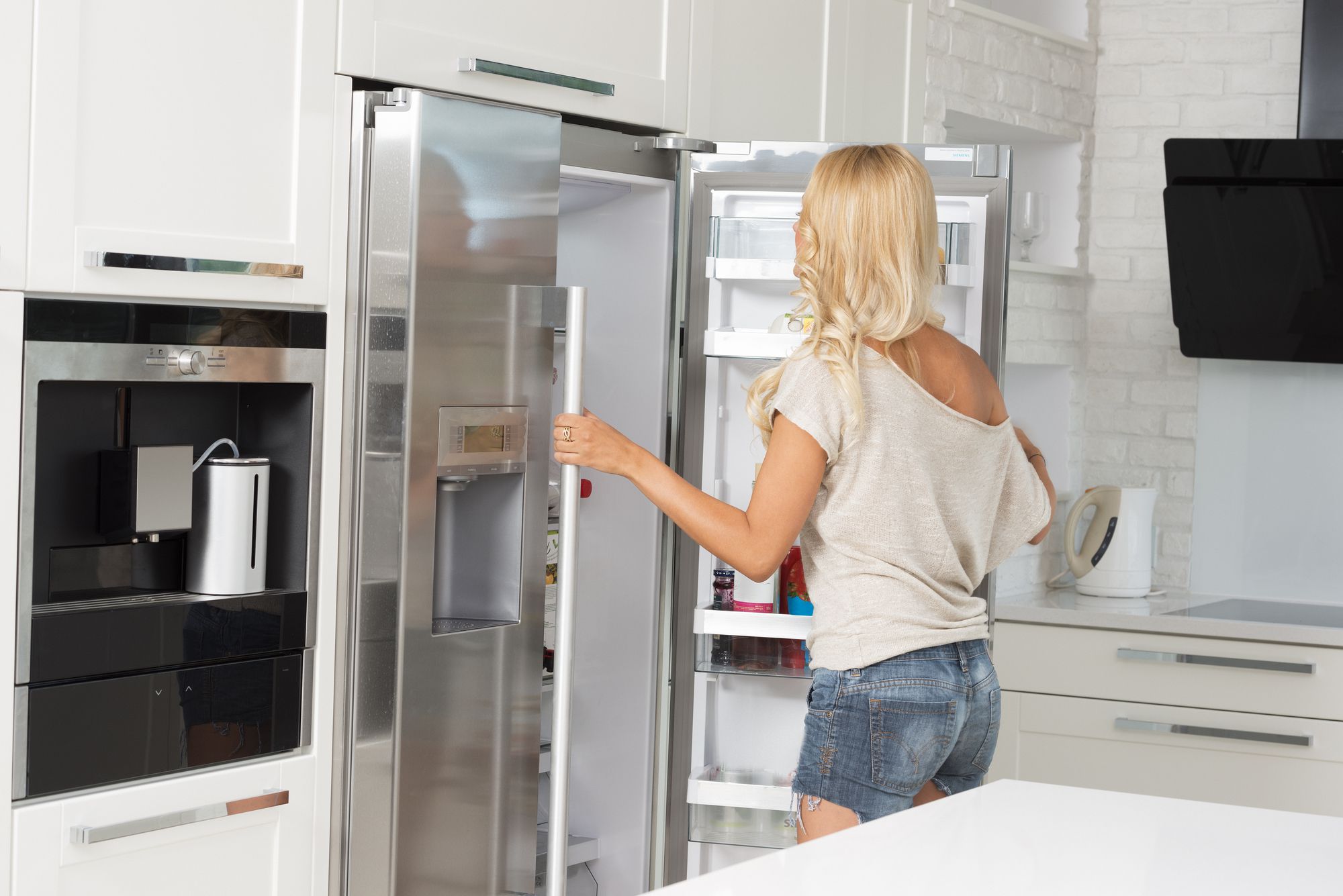
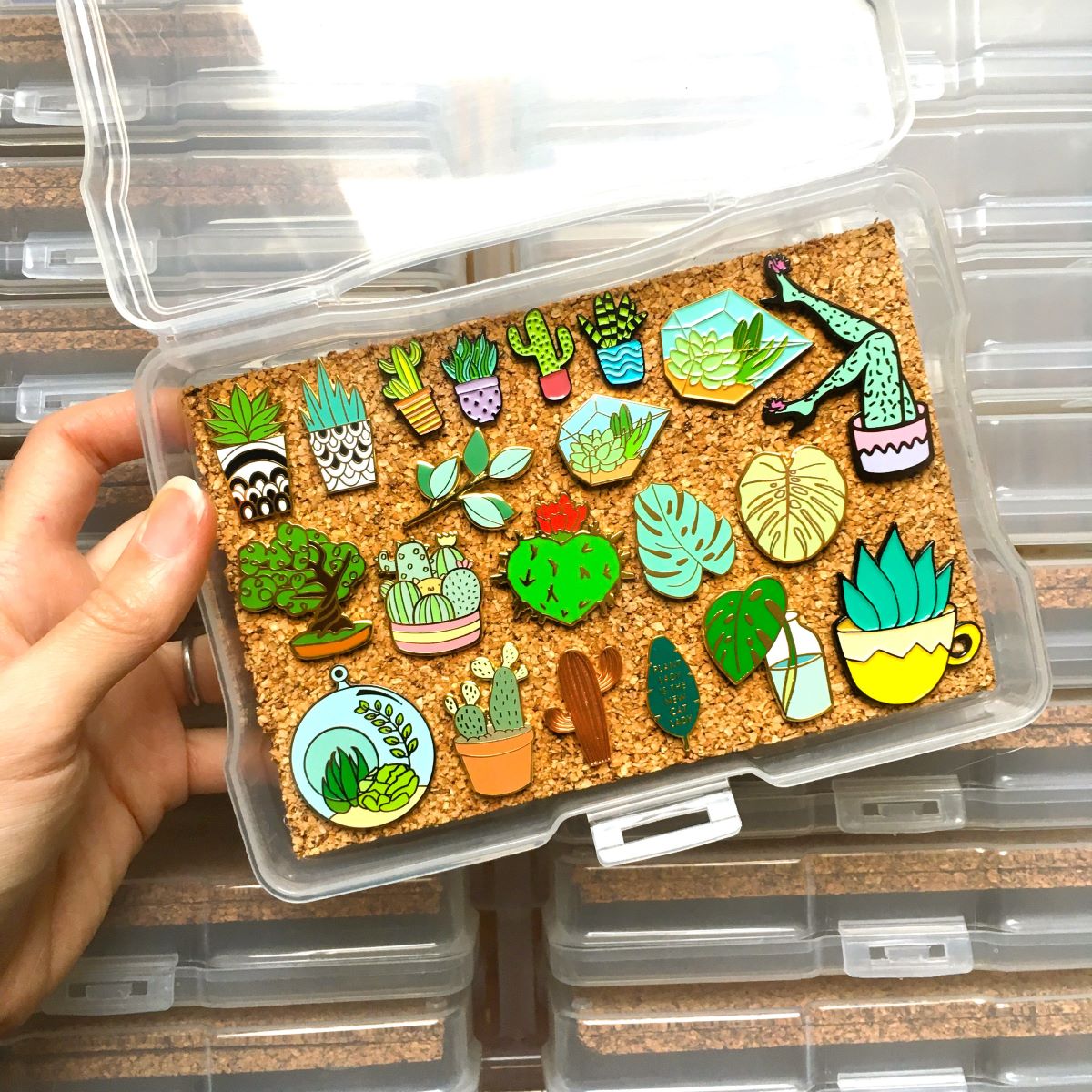
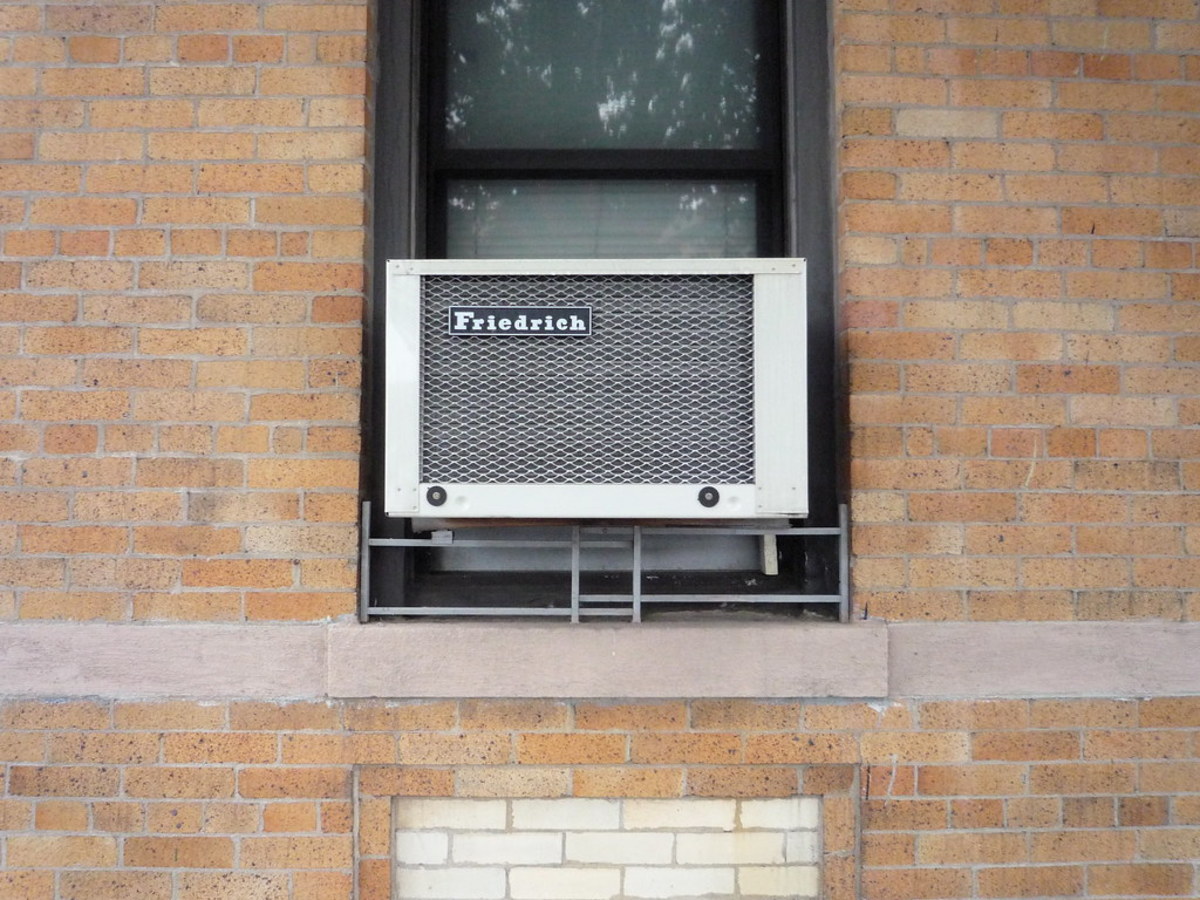
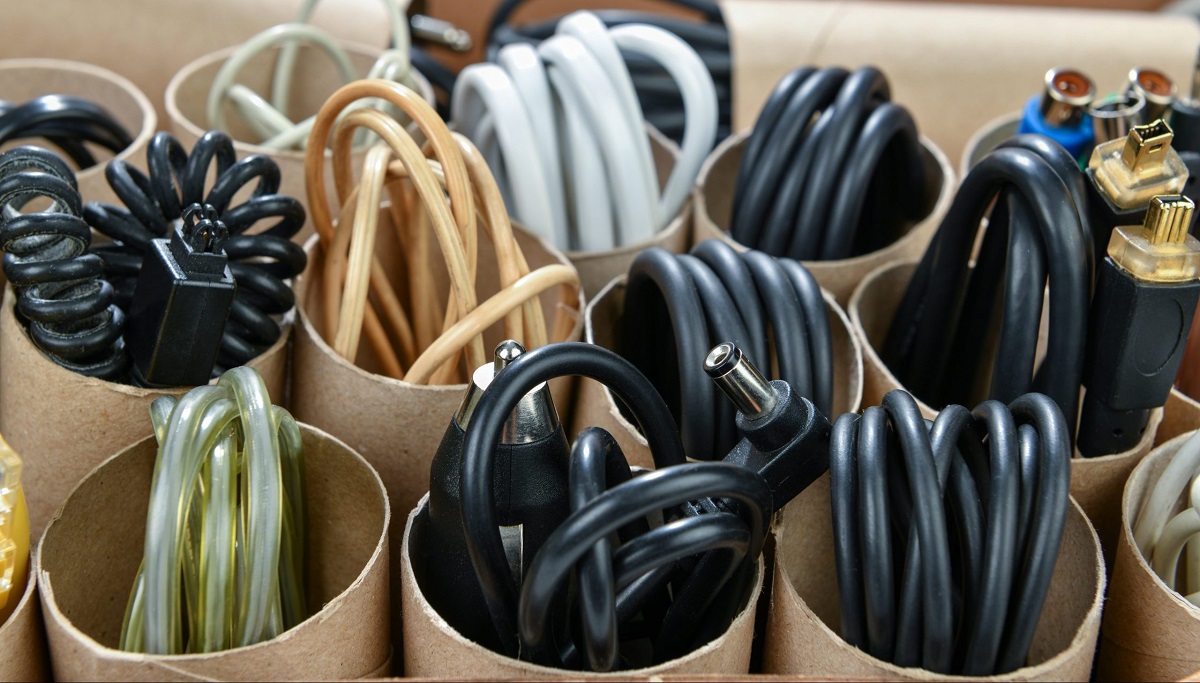

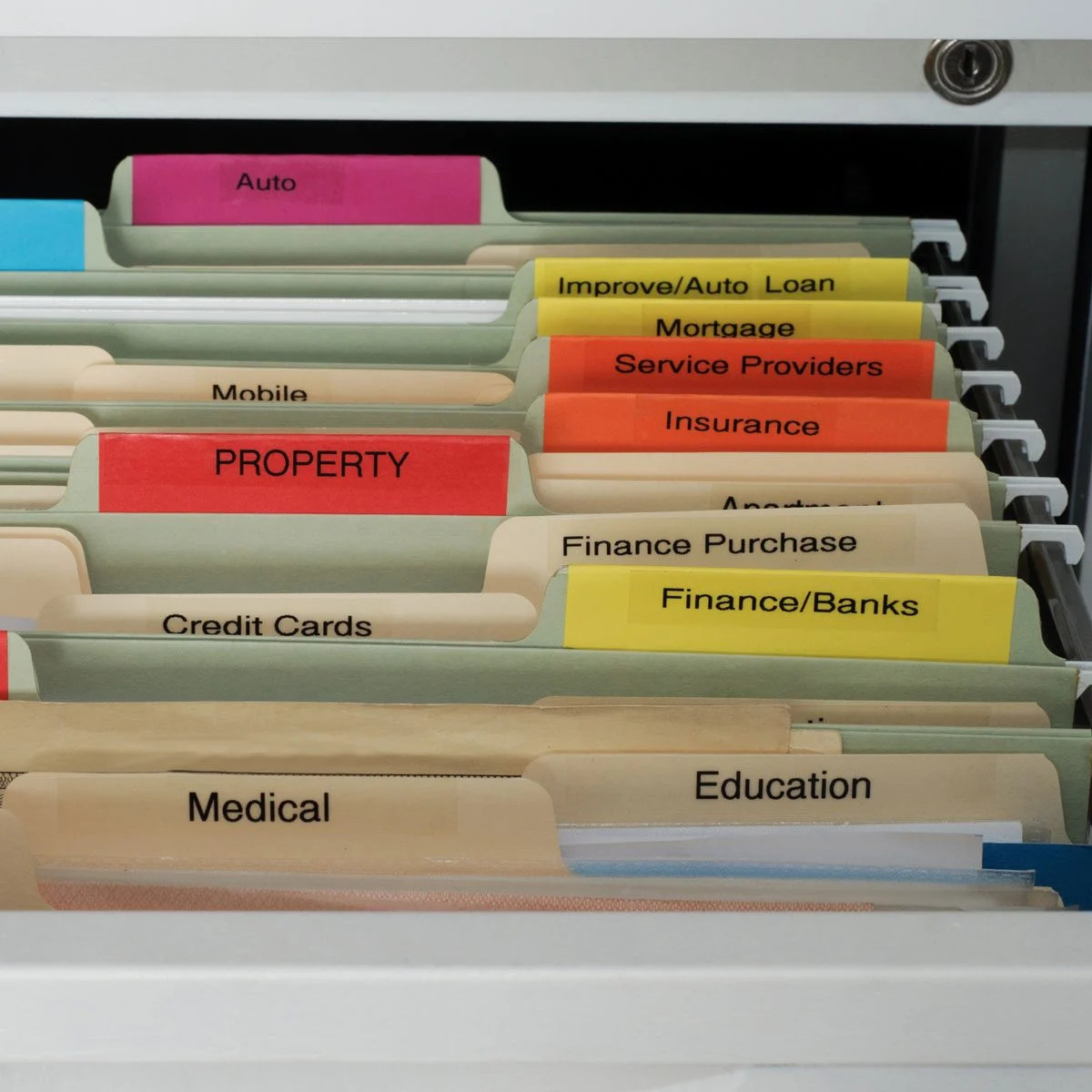
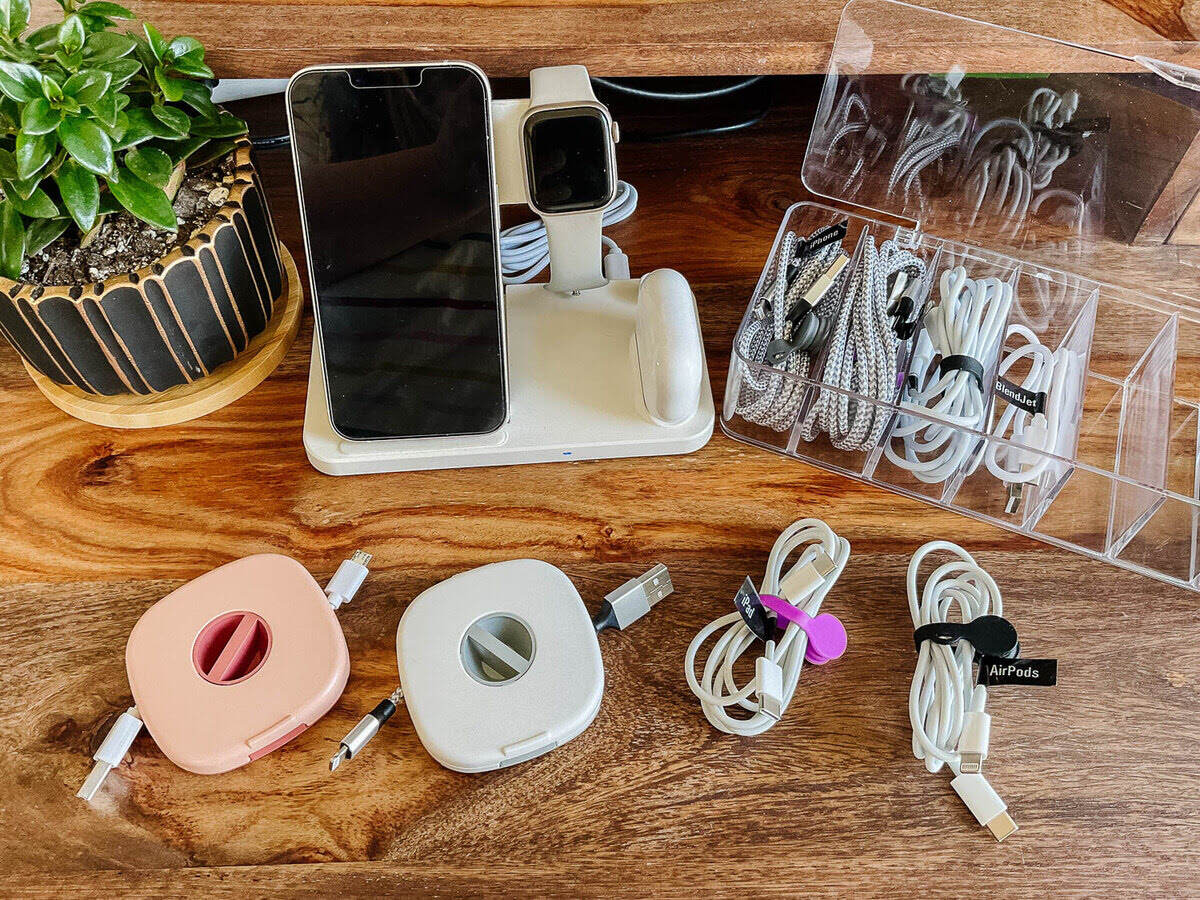
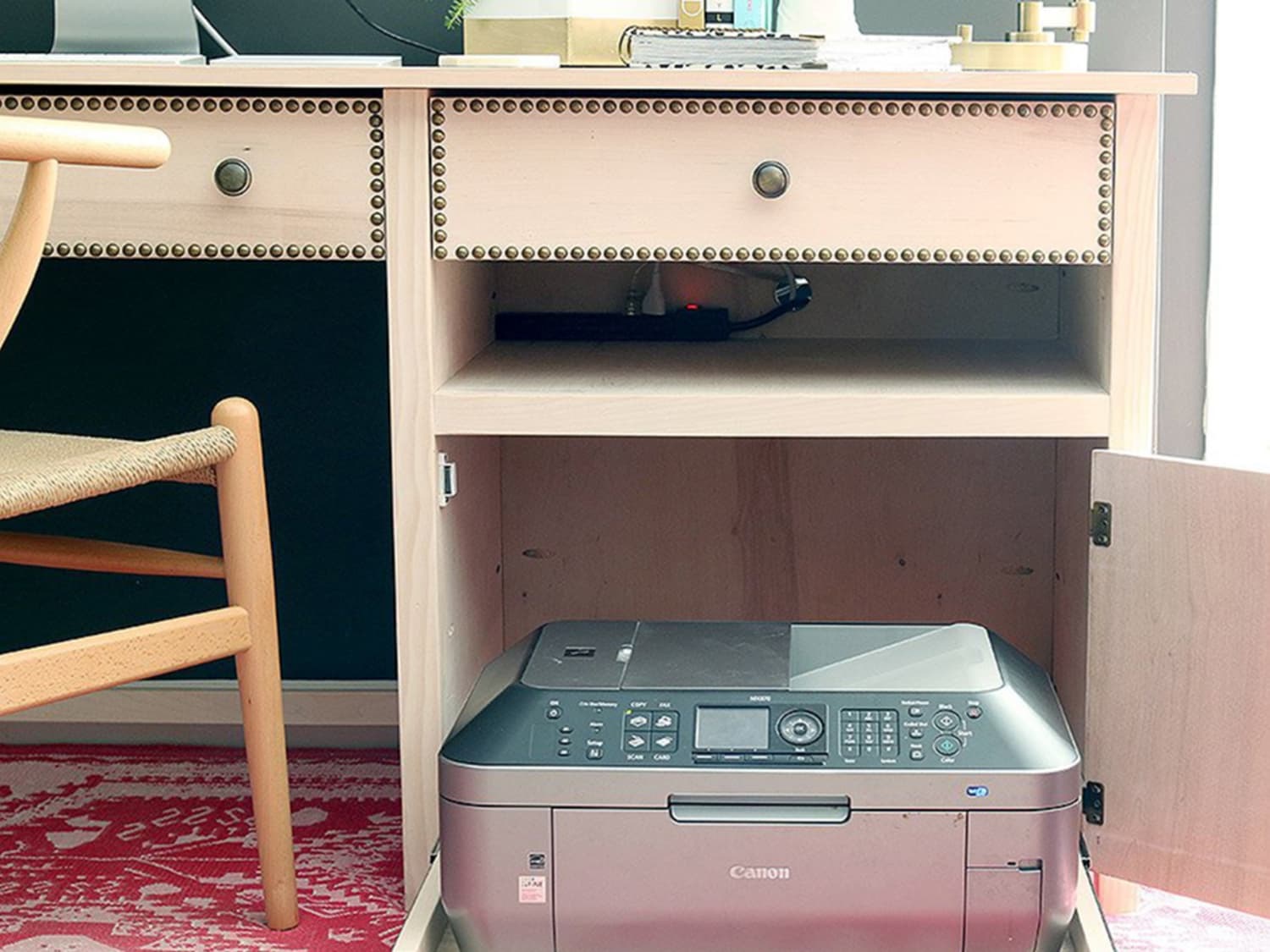
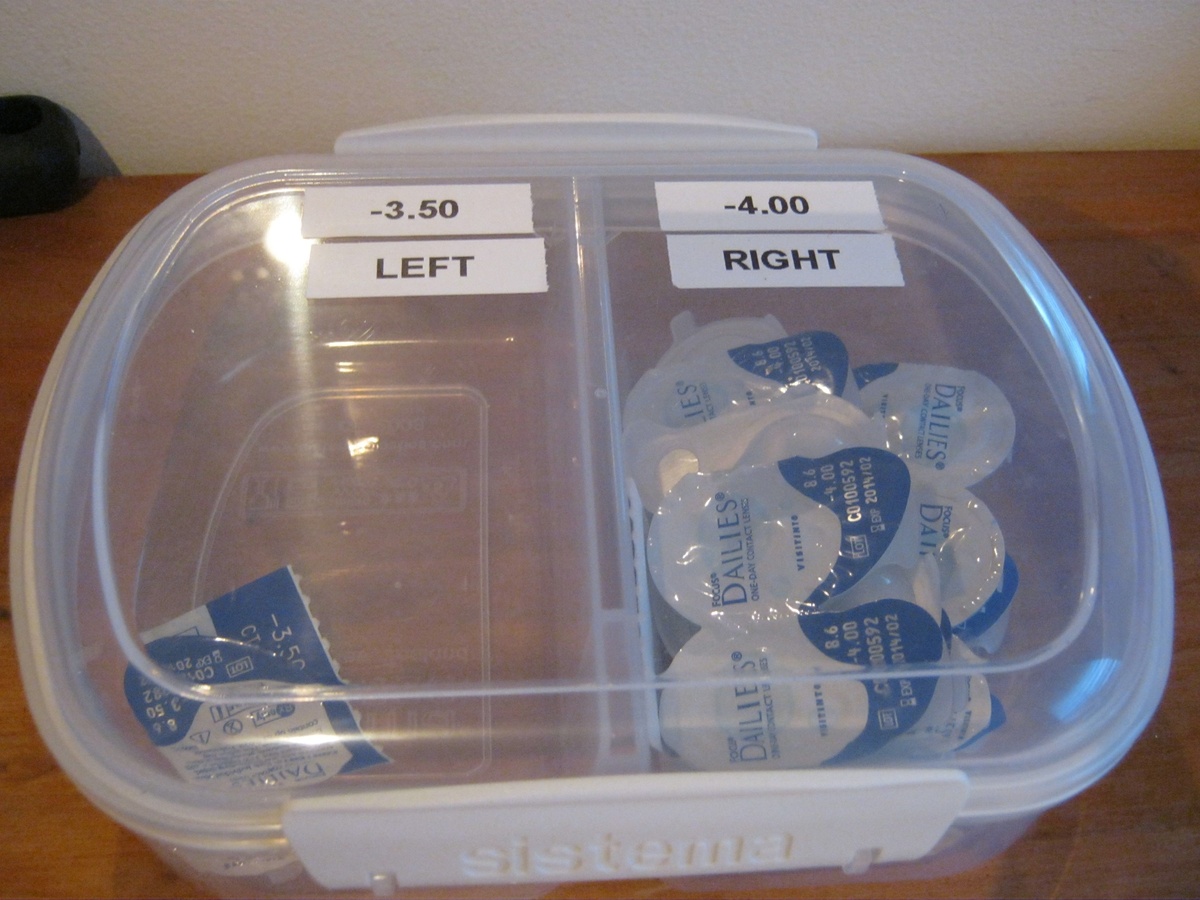

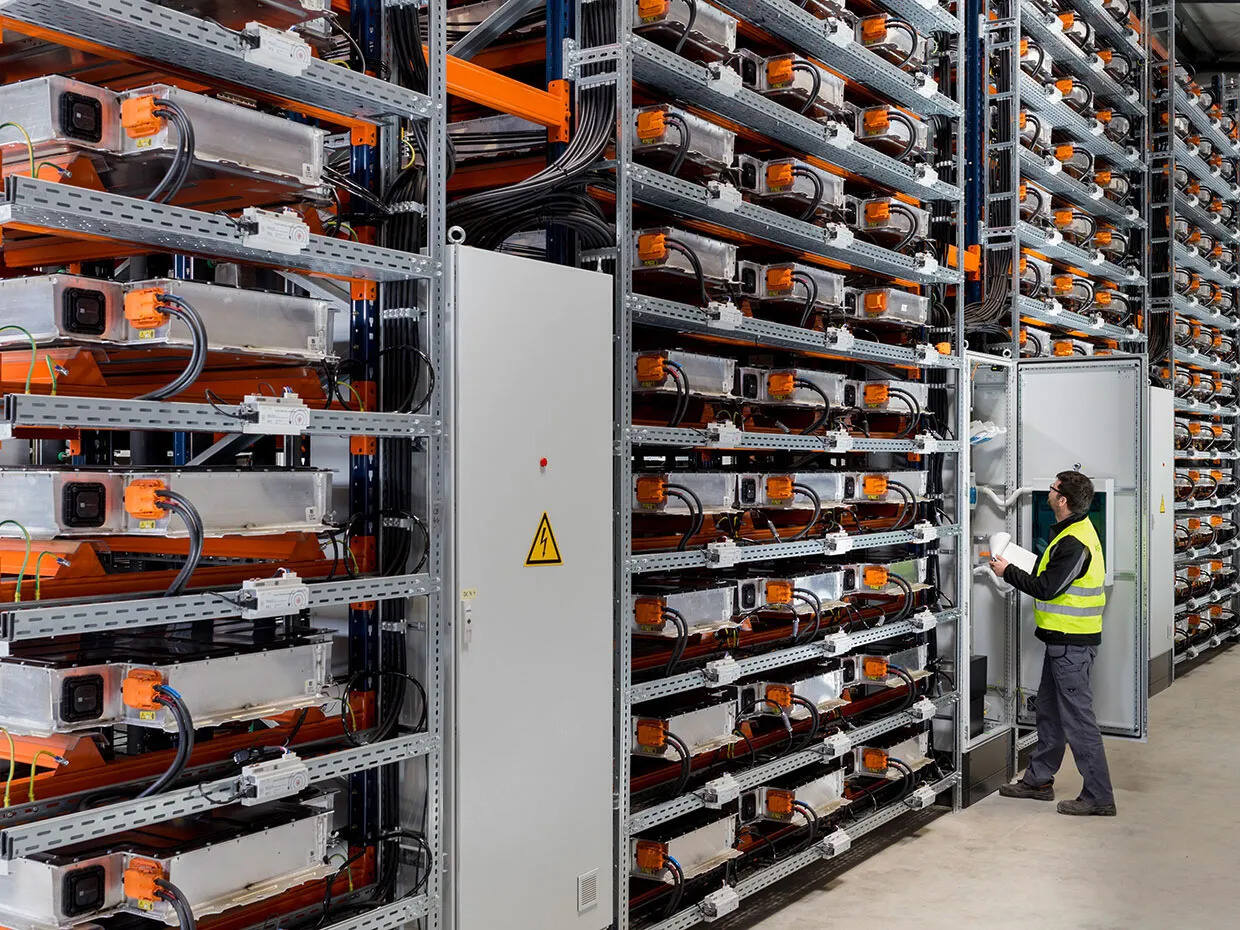

0 thoughts on “How To Store Appliances”